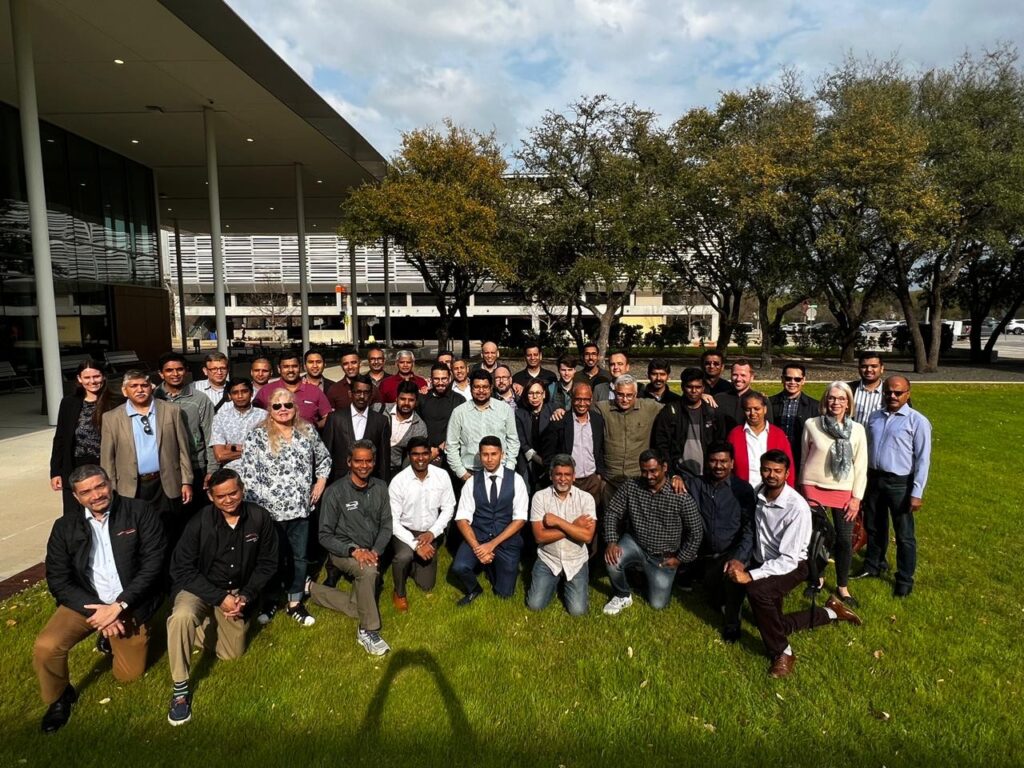
iLink Makes the INC5000 List for the 8th Time
iLink Digital has made the INC 5000 list for the 8th time & 4th consecutive year, now ranking at No.2,463 with 211% 3-Year Growth!
Bothell, WA – August 13, 2024 –
iLink Digital (iLink), a leading global software solutions provider, is thrilled to announce its inclusion in the prestigious INC. 5000 list for the Eighth year. This achievement highlights iLink’s consistent growth, innovation, and commitment to delivering cutting-edge technology solutions to its clients worldwide.
The INC. 5000 list recognizes the fastest-growing privately held companies in the United States, showcasing those who have exhibited exceptional growth and resilience in the face of various challenges. iLink’s continuous presence on this esteemed list is a testament to its unwavering dedication to excellence and ability to adapt and thrive in a dynamic business environment.
“We are incredibly proud to have achieved this milestone of being named to the INC. 5000 list for the eighth time,” said Sree Balaji, CEO and Founder of iLink Digital. “This achievement reflects the hard work, talent, and passion of our exceptional team, especially in a year where many industries have seen challenges, as well as the trust and support of our valued clients. As we celebrate this accomplishment, we remain committed to driving innovation, delivering exceptional results, and exceeding our clients’ expectations.”
Over the years, iLink has consistently demonstrated its expertise in delivering end-to-end software solutions that empower businesses to enhance their operations, optimize processes, and achieve digital transformation goals. With a focus on cutting-edge technologies such as Gen AI, cloud computing, and data analytics, iLink has positioned itself as a trusted partner for organizations seeking to harness the power of technology to drive growth and success.

iLink’s ability to maintain a position on the INC. 5000 list for the fourth consecutive year is a testament to its agility, strategic vision, and commitment to staying ahead of industry trends. iLink’s diverse portfolio of successful projects, industry partnerships, and satisfied clients underscores its leadership in the technology space.
As iLink celebrates this remarkable achievement, they continue to look towards the future with a determination to build on their success and remain a trailblazer in the technology industry.
About iLink Digital
iLink Digital is a digital transformation corporation that aids organizations in utilizing technology to enhance commercial outcomes. iLink Digital offers end-to-end solutions in cloud computing, enterprise mobility, data analytics, and artificial intelligence and has over 20 years of experience in the IT sector. As an ISO 9001 and CMMI L3 accredited company, iLink consistently delivers on the promise of technology and human innovation, successfully catering to clients with over 2000 consultants worldwide.















